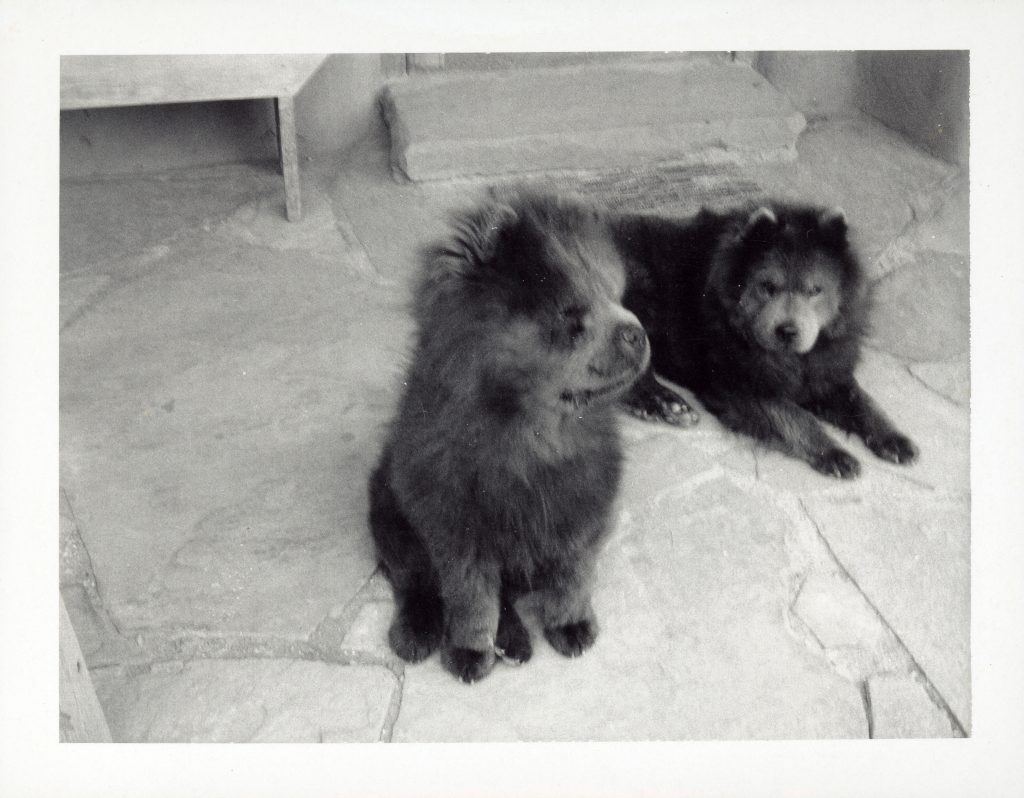If you’ve worked with Sina and I on exhibition design, collections/artefact presentation, or have attended any of our workshops related to the built environment, the inclusive design ecosystem, or inclusive collections practices, you will no doubt recall our emphasis on the importance of edge detection, shape detection, and contrast. These tactics (and several more) greatly contribute to safe and inclusive wayfinding, artefact preservation and protection, and ensuring museum audiences perceive and access content not only in the manner intended by the museum (curatorial, interpretive, and/or design intent), but inclusively and accessibly as well.
It was while in New Mexico last week, touring Georgia O’Keeffe’s house in Abiquiu, that we learned about the upgrades and changes she made to the property over her years there. One such change was the swapping out of dark floors in her bedroom and studio to light coloured carpet. What provoked this change? Georgia O’Keeffe developed Macular Degeneration later in life (affecting her vision). As she was concerned about accidentally tripping over or injuring her beloved chows, she changed the flooring so that their dark haired bodies would present a significantly increased contrast and she would be better able to see and detect them. This is a great (and unique) example of addressing contrast between fore and backgrounds in order to protect, preserve, and facilitate greater inclusive accessibility.

